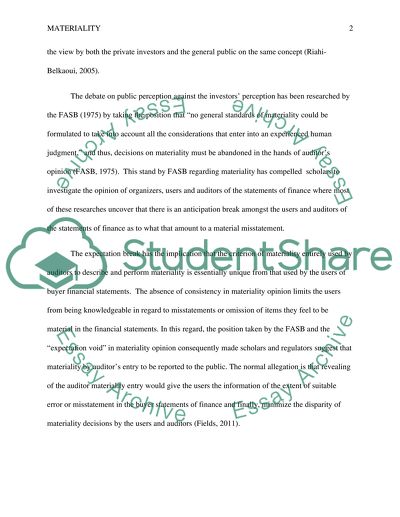Cite this document
(“Public vs. Investors Perception on Materiality Term Paper”, n.d.)
Retrieved from https://studentshare.org/finance-accounting/1402233-materiality
Retrieved from https://studentshare.org/finance-accounting/1402233-materiality
(Public Vs. Investors Perception on Materiality Term Paper)
https://studentshare.org/finance-accounting/1402233-materiality.
https://studentshare.org/finance-accounting/1402233-materiality.
“Public Vs. Investors Perception on Materiality Term Paper”, n.d. https://studentshare.org/finance-accounting/1402233-materiality.


